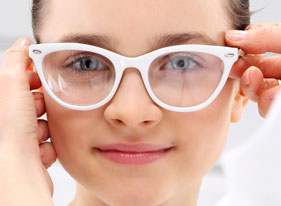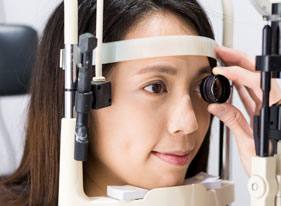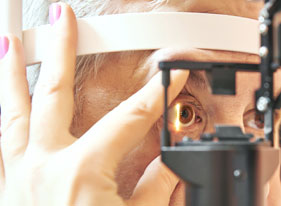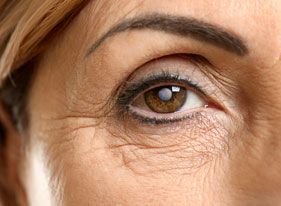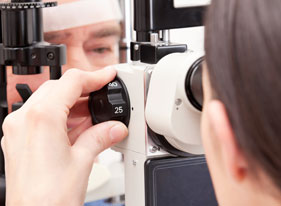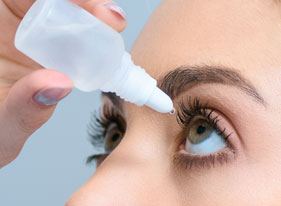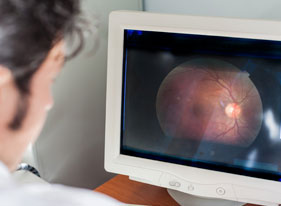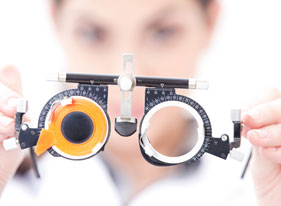CATARACTS DIAGNOSIS
A healthy lens focuses light into a sharp, clear image on the retina, which captures the image. The retine acts like the film of the camera and captures what is being viewed. As we age, protein builds up in the lens, making it cloudy and scattering rays of light which can result in blurred vision, changes in color vision, and glare.
By age 80, more than half of us will have had a cataract, and with it, a difficult time reading, driving, and seeing at night. Diabetes, smoking, or too much time in the sun raises your risk. Surgery, however, can replace the cloudy lens with a new artificial one, which will correct any distortions.



